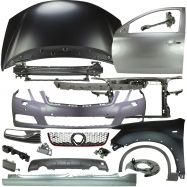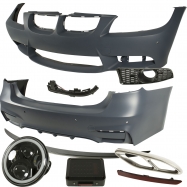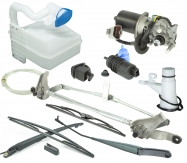Chevrolet Cobalt 2013: A Brief History and Overview
Origin and History
The Chevrolet Cobalt was introduced by General Motors in 2004 as a replacement for the Chevrolet Cavalier. The 2013 model represents one of the final iterations of this compact car before it was discontinued in 2010 in favor of the Chevrolet Cruze. Despite its relatively short production span, the Cobalt made a significant impact in the compact car market, known for its affordability, fuel efficiency, and straightforward design. The 2013 Chevrolet Cobalt continues to be a popular choice for budget-conscious drivers seeking a reliable vehicle.
Pros and Cons
- Pros:
- Affordable pricing
- Good fuel economy
- Simple and functional interior design
- Easy to maintain
- Cons:
- Lacks advanced safety features
- Basic interior materials
- Limited rear-seat space
- Average performance compared to competitors
Common Wear and Mechanical Parts
Owners of the Chevrolet Cobalt 2013 often seek replacement parts due to regular wear and tear. Commonly sought-after components include:
- Brake pads and rotors
- Suspension components (struts, shocks, control arms)
- Exhaust system parts (mufflers, catalytic converters)
- Engine components (timing chains, water pumps)
- Electrical parts (alternators, batteries)
Maintaining these parts ensures the longevity and reliability of the vehicle, making it a dependable choice for daily commuting and long-term ownership.




 Contact us
Contact us

